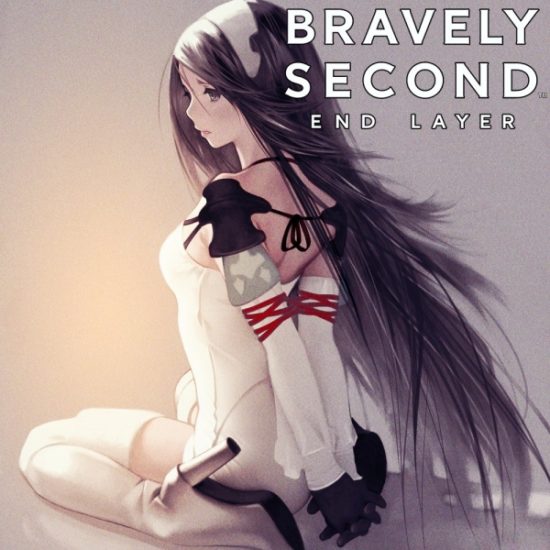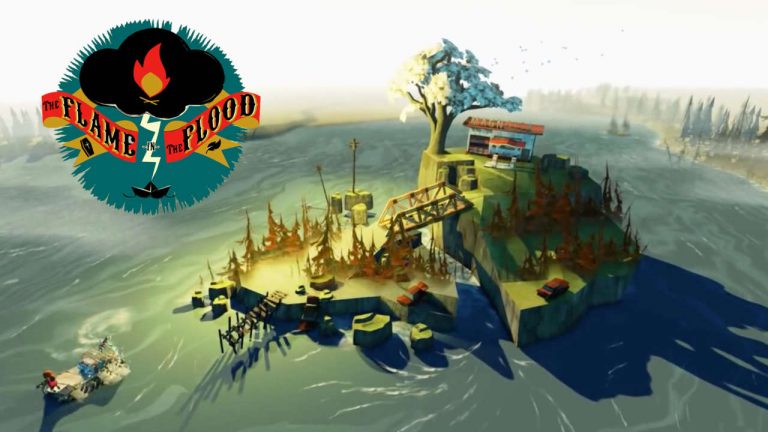A few years ago in Japan left the game, which is the traditional Final Fantasy sample 90 differs only strange name – Bravely Default. To move away from wallowing in the remake, mobile branches and searching for the identity of the main series, Square Enix launched a new IP.
Despite many shortcomings, the game was rated highly. She forgave plot holes, flaws with the balance and the failed second half – all due to the fact that the Default showed: for classic JRPG still have a place in the sun. Even if the game from beginning to end like a little.
Bravely Second inherits from its predecessor the basic approach does not try to reinvent a genre that has emerged in the days of the SNES, but instead takes it with all the features and finds a way to make it interesting again. It mixes old and new, but gives everyone decide for himself how he wants to play.
Tired of randomly fights? Them at any time you can turn off. Or vice versa to maximum to pump in terms of impact. Are you afraid that you will become too strong? Getting experience is also set, and if I had become too easy or hard – switch complexity is always available.
Like social functionality? Using the Internet, you can use the skills of players of “other worlds” and encourage them to help in the battle, and through Street Pass to recruit people for the opening useful features “kazualki”. We are used to pay-to-win? It offers the opportunity to buy passages for real money.
But this is not imposed: pay nobody forces, skills can “grind” or to change to the provided game bots and people for “kazualki” without leaving the house to pump through Wi-Fi.
Even auto-save can be disabled to play a very old-fashioned. And if we ignore modernized superstructure, the most Bravely resembles Final Fantasy V: flexible gameplay, customization of the party with the possibility to download and use a variety of classes, non-burdensome plot simultaneously.
With the latter, however, are not so smoothly. Second – a direct sequel, and although the game is trying to bring into the swing of things, a lot for a beginner is not clear. The plot is simple: Two years have passed, long-standing opposition to the Duchy and Orthodoxy ended, former enemies met at the negotiating table.
But the villain steals a mask and captivates in his flying castle heroine of the first part, Agnes, a new chapter of the Reformed Church. Vowing to save her young knight named Yu, an ancient family heir, an A student and a naive young man who sent in pursuit.
Default at the time was trying to have it both ways: first, a new way to tell the story of four heroes, saving the crystal elements from the evil empire. And then make a feint ears and be the deconstruction of this, the pattern itself “finalochnogo” scene. As a result, people familiar with the FF first half of the game turned into a parade of platitudes. On the second, it seems, just do not have the strength, and in the later chapters Default resembled protracted epilogue to herself.
Second suffers from the opposite problem: its plot is not gaining momentum until the final third. Which occupies most of the time chasing a flying castle – just an excuse to spend Yu and colleagues across continents Lyuksendarka. Dynamics lost for gossip, adventures on the side and visits to the “Japanese” bath (jokes about the spying included).
Still overcast, deliberately cliched, not devoid of plot holes narration Second – step forward compared to the Default.
This is the story of the hero growing up, and the main idea that the seemingly impossible can be solved by having the willingness to try again from another angle, it reveals the sequence than the first part – a.
A great intimacy with a focus on the comical everyday situations helps to get closer to the characters, even if the plain-old culinary discussion at the end of the game has drawn to dissipate.


